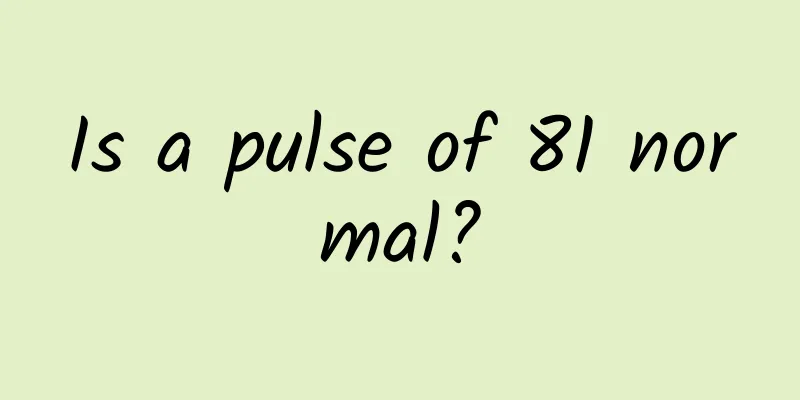Helicobacter pylori C14

|
Many people's stomach problems are caused by Helicobacter pylori, which can cause gastric ulcers, duodenal ulcers, gastritis, gastric cancer, etc. Therefore, many patients will feel particularly frightened if they are found to have Helicobacter pylori in their bodies through carbon 13 and carbon 14 breath tests, because this means that they are likely to be plagued by stomach diseases in the future. So how is Helicobacter pylori detected by carbon 14? Therefore, eradication of Helicobacter pylori has become an important measure for the treatment of modern gastrointestinal diseases. In order to determine whether a patient is infected with Helicobacter pylori, a highly sensitive, specific, rapid, simple, safe and inexpensive Hp diagnostic method is needed clinically, namely the carbon 14 breath test. This examination, as well as its advantages of being painless, non-invasive, quick and simple, and having no cross-infection, has been unanimously recommended by domestic and foreign experts as the gold standard for diagnosing Hp and has been widely promoted and applied in clinical practice. Introduction In 1983, Marshall et al. cultured Helicobacter pylori (Hp) from human gastric mucosal tissue. In clinical treatment practice, it was confirmed that this bacterium is a pathogen that causes chronic gastritis and peptic ulcer, and is listed as a Class I carcinogen by the World Health Organization (WHO). Helicobacter pylori can cause a variety of stomach diseases, including gastritis, gastric ulcer, duodenal ulcer, non-ulcer dyspepsia, gastric cancer, etc. Therefore, eradication of Helicobacter pylori has become an important measure for the treatment of modern gastrointestinal diseases. In order to determine whether a patient is infected with Helicobacter pylori, a highly sensitive, specific, rapid, simple, safe and inexpensive Hp diagnostic method is needed clinically. Currently, the most commonly used tests in clinical practice are the rapid urease test of endoscopic mucosal biopsy and the 14C or 13C urea breath test. The rapid urease test is invasive and traumatic, carries the risk of cross infection, and has an accuracy rate of only 70% to 85%. The 14C or 13C urea breath test has an accuracy rate of more than 95%, and is painless, non-invasive, rapid, simple, and has no cross infection. It has been unanimously recommended by domestic and foreign experts as the gold standard for diagnosing Hp and has been widely used in clinical practice [1]. principle Hp can produce highly active urease. When a patient takes carbon-14 labeled urea, if there is H. pylori infection in the patient's stomach, the urease in the stomach can decompose the urea into ammonia and carbon-14 labeled CO2. The carbon-14 labeled CO2 is then exhaled through the blood. The exhaled gas is collected at regular intervals, and the content of carbon-14 labeled CO2 in the exhaled gas can be analyzed to determine whether the patient is infected with Helicobacter pylori [2]. Clinical Indications 1. Patients with dyspepsia who are newly diagnosed are clinically suspected of having Helicobacter pylori infection. 2. Patients with acute and chronic gastritis, gastric and duodenal ulcers, and mucosa-associated lymphoid tissue lymphoma. 3. Prevent gastric cancer or those with a family history of gastric cancer. 4. Evaluation of efficacy and diagnosis of recurrence after Helicobacter pylori eradication therapy. 5. Those who use NSAIDs (non-steroidal anti-inflammatory drugs) for a long time, etc. 6. Epidemiological investigation and screening of Helicobacter pylori infection. Detection Methods 1. Patient preparation: Patients must stop taking antibiotics and bismuth for 30 days and proton pump inhibitors for two weeks. Fast for more than 6 hours before the examination. 2. Inspection process: (1) During the examination, the patient is first asked to take a carbon-14 urea capsule orally. (2) After sitting quietly for 25 minutes, the subject exhales directly into the gas collecting bottle until the liquid in the gas collecting bottle changes from pink to colorless after the patient exhales, or the patient stops exhaling after 3 minutes. (3) Add 4.5 ml of diluted scintillation fluid to the gas collecting bottle, cover it tightly, and place it in a liquid scintillation instrument for detection. (4) The patient should remain quiet during the examination. Changes in blood pH after strenuous exercise may affect the exhalation of isotope-labeled CO2. In addition, the patient should be advised not to accidentally inhale the liquid in the gas collection bottle into the mouth when exhaling. |
>>: Breath test for Helicobacter pylori
Recommend
How to use white vinegar to enlarge breasts?
Many girls are passionate about breast enhancemen...
What to do if you have back pain during military training
Military training is a training that every colleg...
What is the best way to use a compressed mask to shrink pores?
The biggest advantage of compressed facial masks ...
Can mosquito coil ash cure athlete's foot?
The ashes from the burned mosquito coils that are...
How to treat vulvar warts
The health of the private parts of both men and w...
How to overcome psychological barriers
Many people have psychological barriers and canno...
Sore throat with cephalexin
Cefuroxime is a very common anti-inflammatory dru...
Right knee hurts when you press on it
We all know that the human knee is an important j...
Itchy asshole and bloody stool
Many people develop hemorrhoids due to bad eating...
Can Guipi Pills cure bad breath?
Guipi Pills are a relatively common Chinese paten...
What should children not eat when they have a rash?
Children's health is very vulnerable to variou...
Does exercise help rhinitis?
Everyone should exercise regularly every day to h...
Who should not eat saffron?
Rose tea is a very valuable Chinese herbal medici...
What causes itchy tear glands?
The lacrimal gland is an important part of our bo...
Can I eat donkey-hide gelatin if I have low blood pressure? What should I pay attention to?
In addition to high blood pressure, low blood pre...









